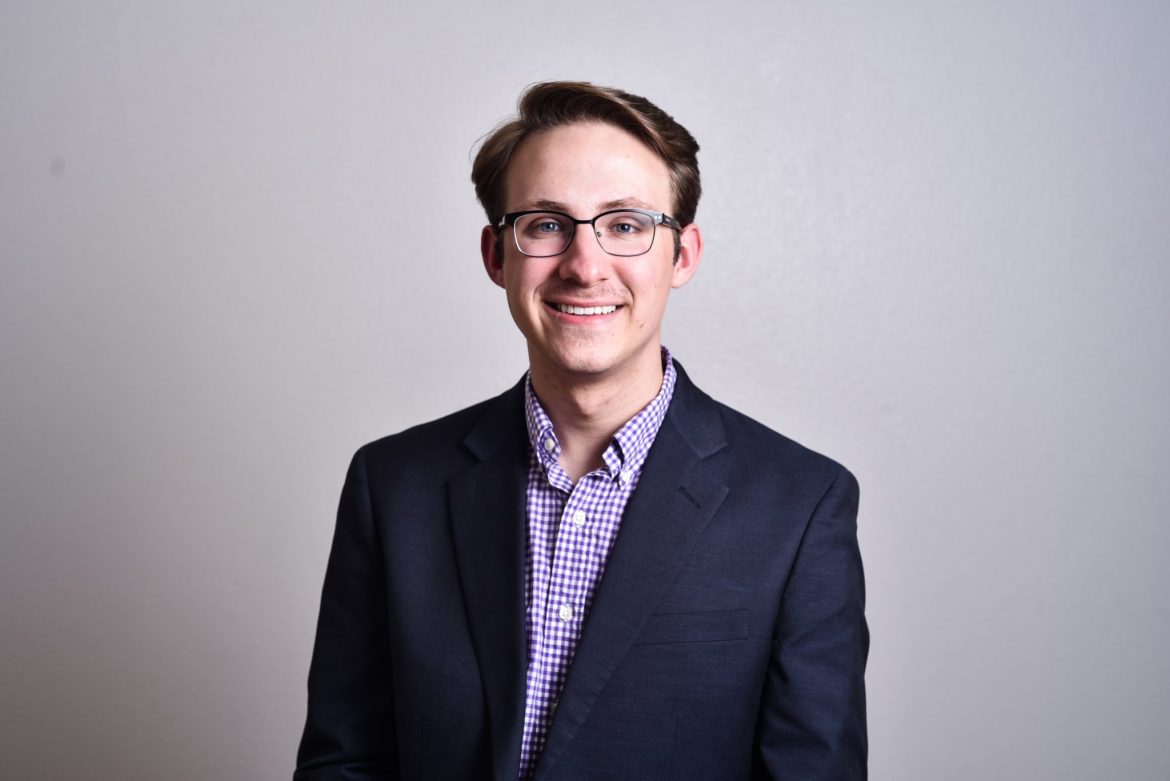When we first began planning what this issue’s special coverage regarding addiction would look like during the fall semester, I knew the content would be heavy, and I knew the process of getting to our end product wouldn’t be an easy one.
It wouldn’t be easy for a number of reasons. For starters, the additional coverage would come on top of our normal coverage that we produce on a weekly basis. We also knew it would be a challenge to get people to talk about the topics we wanted to explore, and even if we made it to that point in our research, the question then turned to how we could write about and explore certain topics without jeopardizing ourselves and our valued sources who bravely shared their stories.
Finally, we knew the storytelling part of this coverage — perhaps the most important component to this reporting and any reporting — would be an emotional and spiritual rollercoaster ride, but we knew there were valuable stories to be shared. These stories serve as the narrative arc for our writing, but more importantly, we hope they will serve as the grounds for the important conversations that will come from this reporting.
It wasn’t until I sat down for these interviews that I truly realized how impactful and powerful these stories would be. I sat with interviewees in my office in the Reynolds Center, but when the stories were told, it was like we weren’t on campus any longer.
Suddenly, I was transported to early stories of addiction that began way before Harding was ever on anyone’s radar. We were back in the interviewee’s high school, or at a party where things went wrong. We went back to the emotional headspace in which they realized their habits had become a bigger problem than they ever anticipated. We went back to the times when they were found out and their worlds came crashing down.
We also celebrated the highest highs and the lowest lows of their stories. I caught myself choking up in the middle of the interviews and again when I reviewed our notes to write the stories.
When I finished these interviews and finished these stories, I couldn’t help but think about how we truly never know what someone around us is going through.
Sure. It’s easy to assume that everybody’s got something, because, well, they do. And sometimes it’s even easier to fall into the trap of thinking that addiction of any kind doesn’t permeate the Harding bubble, but this coverage reminded me of how incorrect these assumptions can be.
As we chat with our friends down the hallway, scoot past our chapel buddies on the way to our chapel seat and pass our peers on the sidewalk, I hope we’ll be mindful that the Harding bubble is always weaker than it seems. When you create a community with more than 5,000 people from all walks of life and from across the globe, it’s naive to think that something so serious could never plague our dear brothers and sisters here.
I hope that’s what our readers will be mindful of when they read the stories we’ve chosen to share this week. I hope they’ll realize the power of one’s story to ring true with those who need it most, and I hope they’ll realize the courage it takes to speak up and speak out when it comes to the darkest parts of our lives.
If the planning, research, interviewing and writing from this reporting has taught me anything, it’s that we have to be more open and willing to reach out to our neighbors and ask how they’re doing. We have to be willing to share our stories with one another and open our hearts, because what comes out of it will be courage and support that is needed more than anyone can imagine.
